Not legal, your Lordship, but a 'vested interests' conspiracy at work to malign Justice Ganguly and destroy rule of law in India
See: http://bharatkalyan97.blogspot.in/2013/12/sex-case-will-sc-respond-to-justice.html
![]()
Not legal, your Lordship, but a 'vested interests' conspiracy at work to malign Justice Ganguly and destroy rule of law in India
Justice AK Ganguly writes to CJI: Subramanian Swamy comes out in his support Dec 23, 7:02 pm
New Delhi, Dec 23 (ANI): Even as former Supreme Court judge AK Ganguly, indicted for sexually harassing a law intern wrote to the Chief Justice of India categorically denying the charges against him, BJP Leader, Subramanian Swamy on Monday came out in support of Ganguly saying there seems to be an agenda behind the whole issue.
Sex case. Will SC respond to Justice Ganguly's request for immediate enquiry on document leaks?
GANGULY COMPLAINS TO CJI, SAYS NOT ADDRESSED CORRECTLY BY SC
Monday, 23 December 2013 | PTI | Kolkata

Denying that he had ever harassed or made any unwelcome advance to any intern, former Supreme Court judge A K Ganguly today complained to Chief Justice of India P Sathasivam saying he was not addressed correctly by the apex court.
"I have been distressed by some recent happenings. I am anguished that the Supreme Court under your Lordship did not address me correctly," Justice Ganguly said in an eight-page-long letter to the CJI, which he said was also being forwarded to President Pranab Mukherjee.
Stating that after deep consideration of all that was going on in the media with reference to some allegations of an intern against him, Ganguly said he was constrained to break his silence.
"First of all, I wish to make it clear that I never harassed nor did I make any unwelcome advances to any female intern. The very suggestion of it, to say the least, is out of tune with my personal conduct," said Justice Ganguly, who is the Chairman of the West Bengal Human Rights Commission.
"I have made helpful contributions to many interns both male and female. To this date, I am treated with unbound respect and regards by them," he wrote in the letter.
In his letter, Ganguly alleged "There is a concerted move to tarnish my image as I had the unfortunate duty of rendering certain judgments against powerful interests."
He said: "I see in the whole game a palpable design to malign me at the instance of interested quarters."
Raising questions about the three-judge committee of the Supreme Court constituted to probe the allegations, he argued that since the girl intern was not on the rolls of the Supreme Court and he was a retired judge, the committee was "not required to be constituted".
"No complaint was ever made before Supreme Court or before your Lordship in any form by the intern at any time prior to the formation of the judges' committee and presumably at the direction of the committee she gave her statement," he said.
Ganguly said a newspaper report dated December 12 without any verification could certainly not have been the basis of a petition by the Attorney General on which the Chief Justice was reported to have acted.
"Thus the stated reason that the committee was set up to find out whether the judge was a sitting judge cannot be accepted because the blog expressly disclosed retired judge," he said.
Complaining against the conduct of the officials of the court, he said as soon as he entered he was surrounded by a posse of officers which was unbecoming of the institution.
"I was treated as a person in captivity," he rued.
| Tuesday , December 24 , 2013 |
Ganguly: Not legal, Your Lordship- Ex-judge contests probe process in letter | |||
| OUR BUREAU | |||
Calcutta, Dec. 23: Former Supreme Court judge Asok Ganguly today challenged the legality of the process by which the apex court had probed allegations of sexual misconduct levelled by an intern. “I have sent a letter to the Chief Justice of India and marked a copy to the President,” said Ganguly, who is now the West Bengal Human Rights Commission chairman. The Supreme Court had set up a three-judge panel to look into the allegations of sexual harassment against the former judge after the intern disclosed the charge in a blog. The alleged harassment took place on last Christmas-eve, almost exactly a year ago. The Supreme Court had declined to proceed further after making public the operative part of the three-judge panel’s report that said the intern’s statement prima facie disclosed an act of unwelcome behaviour (unwelcome verbal/non-verbal conduct of sexual nature) by the former judge. The Supreme Court said no follow-up action by the court was required since Ganguly had retired and the intern was not on its rolls. Ganguly’s letter focuses on this aspect, saying that the court could not have been unaware that the complaint was about a “retired judge”. The former judge also quotes from a letter from a Supreme Court official to back up his contention. Following a political uproar, the Centre is now said to be in receipt of legal advice that a presidential reference should be made to the Supreme Court to activate a process to remove Ganguly from the rights panel. The eight-page letter to Chief Justice P. Sathasivam from Ganguly — which he concludes by wishing “Your Lordship a happy New Year and good health” — came against this backdrop. “My moral strength is undiminished,” the former judge wrote in the letter. He has also smelt a conspiracy. “The subsequent events (that followed the Supreme Court steps) clearly seem to suggest that there is a concerted move to tarnish my image as I had the unfortunate duty of rendering certain judgments against powerful interests,” wrote Ganguly, who had delivered the 2G verdict that cancelled 122 telecom licences. The following are excerpts from the letter Ganguly sent to the Chief Justice. THE EVENING (According to the intern’s blog, she reached a hotel in New Delhi on the evening of December 24, 2012, to assist Ganguly in his work. A purported version of the intern’s affidavit before the three-judge panel quoted the girl as saying the former judge kissed her arm and asked her to share his room with him to help him finish the work.) In my statement, I truthfully recounted that as I needed help to complete the work and the intern was requested and she acceded to the request and, in fact, typed on that evening about more than 20 pages of my dictation on her laptop. I also clarify that there was a cordial meeting followed by dinner. Thereafter, I saw the intern off in a car arranged on my request and made sure that she reached her destination safely. I have no rancour either against the intern or those who are instrumental in initiating such an enquiry…. I wish to make it clear that I never harassed nor did I make any unwelcome advances at any female intern. The very suggestion of it, to say the least, is out of tune with my personal conduct. I have made helpful contributions to so many interns (male and female). To this date, I am treated with unbounded respect and regard by them.
The (three-judge) committee in its report referred to the statement of the intern, both written and oral, (oral statement was never shown to me) and its prima facie view of my alleged unwelcome behaviour with the intern was made without referring to my denial in the conclusion it reached. CONCERTED MOVE …Apart from expressing my deep distress about the manner in which the entire thing happened in the Supreme Court, the subsequent events clearly seemed to suggest that there is a concerted move to tarnish my image as I had the unfortunate duty of rendering certain judgments against powerful interests. I may point out that, despite odds, I judged the issues without fear or favour and if that triggers a collateral attack on me, then it poses a threat to the independence of the judiciary. SC COMMITTEE (Following a report in The Times of India on November 12 about the blog, the apex court had set up a three-judge committee of Justice R.M. Lodha, Justice H.L. Dattu and Justice Ranjana Prakash Desai to look into the intern’s allegation.) The intern had revealed her name; There is no reason for Your Lordship not to know that I am a retired judge; There is no reason for Your Lordship not to be able to find out that the intern was not on the rolls of the Supreme Court; For ascertaining the(se) facts, a three-judge committee is not required to be constituted. (Ganguly quotes from a letter sent to him by the member secretary of the three-judge committee on November 21, which refers to “a former judge”. The Chief Justice’s statement on the operative part of the committee was issued a fortnight later on December 5.) Obviously, the letter (of November 21) was written to me under Your Lordship’s instruction to the following effect: “The Hon’ble Chief Justice of India has constituted a three-member committee comprising… to enquire into the allegations of sexual harassment levelled by a law intern against a former Supreme Court Judge….” (In the letter to the CJI, Ganguly has underlined the words “former Supreme Court Judge” and pointed out that he had done so.) Later, the CJI had clarified that the committee was set up “on account of the fact that (a) report in the Media appeared that it was “Supreme Court Judge”. The newspaper report had said a judge “who retired recently” but the CJI appeared to be referring to the headline that said “Intern alleges SC judge harassed her”.) Thus the stated reasons that the committee was set up to find out whether the judge was a sitting judge cannot be accepted because the blog expressly disclosed retired judge…. I have never heard that an administrative committee, which has no authority over a retired judge, will assume jurisdiction to find truth of allegations made in newspapers…. The intern only made a statement and on that, there cannot be any administrative inquiry to find out the truth of the allegations…. The report of the committee, if I may humbly point out, has no legal status. NO COMPLAINT No complaint was ever made before the Supreme Court or before Your Lordships in any form by the intern at any time prior to the formation of the judges’ committee and, presumably on a direction by the committee, she gave her statement. (Delhi police have said that they are awaiting a statement from the intern to file an FIR.) PROBE PROCESS As soon as I entered the Supreme Court, I was surrounded by a posse of security officers, which was unbecoming of the institution. I was treated almost like a person in captivity. Has this been done under Your Lordship’s direction? I hope not. I was given no papers or previous minutes of proceedings of the committee…. I was told… its (committee’s) proceedings are confidential in nature…. I was told that the intern had made a statement with certain annexures. I politely asked the committee to give me a copy to examine it. I was shattered to be told curtly that I will not be given a copy as it was confidential and that I must make the statement immediately. There was a compulsive tone to it.... Although I am denied a copy of the intern’s statement, I was shocked to find that the substantial portion of the contents of the statements of the intern were leaked out verbatim in a Bengali newspaper…. The so-called statements of the intern were recorded behind my back and my statement was also recorded behind her back. I have never heard of such a procedure…. If the proceedings were confidential, I am unable to understand why court officials were kept in the room…. My statement was not even recorded by the judges themselves. They kept their faces turned away. PUBLICATION From Your Lordship’s comments..., it appears that the Full Bench (all the 30 sitting judges) of the court is of the opinion that the court has no jurisdiction over a retired judge, yet the report of the committee was published. The enquiry was conducted in a summary manner, without fair or proper opportunity to me and such a report could not qualify to be an act of court which warranted publication. The report is not a judgment, order or decree…. I take exception that notwithstanding the Full Court’s resolution… that complaints against retired judges are not entertainable by the court on the administrative side, it was under Your Lordship’s direction on the administrative side that the report in the case of a retired judge was put up on the website of the Supreme Court. I regret to say that due process was denied .... AFFIDAVIT With some efforts, I could collect from one of the journalists a copy of the affidavit distributed by the learned ASG (additional solicitor-general Indira Jaising who had published excerpts from the purported affidavit in The Indian Express). The affidavit was allegedly sworn before a notary public in Bangalore on 29.11.2013. Ms Jaising held a press conference in Kolkata... and said the affidavit was filed by the intern before the Supreme Court (committee) which gave its report on 27.11.2013. How is it possible?… If the committee gave a report on 27.11.2013, how could the additional solicitor-general flaunt in public the intern’s affidavit of a subsequent date (sworn on 29.11.2013 in Bangalore) as having been filed before the committee? (Jaising iterated on Monday that she made the statement public with the “authorisation” of the intern.) |
Ganguly took pvt case, NGO paid for Pak trip: Mamata to Pranab
Appu Esthose Suresh Posted online: Tue Dec 24 2013, 03:17 hrs
Newdelhi : On December 24, 2012, when A K Ganguly, retired Supreme Court judge and chairman of the West Bengal Human Rights Commission (WBHRC), is alleged to have sexually harassed his law intern, he had sought her help in a private arbitration matter that he was handling. This is one of the two other “charges” listed against him by West Bengal Chief Minister Mamata Banerjee.“(Ganguly) has severely damaged the office of chairman of WB Human Rights Commission by a series of alleged misdemeanours... He engaged himself in paid employment during his term of high office... When the alleged incident took place, Ganguly was on a visit to Delhi for an inquiry of the All India Football Federation and he presided over the arbitration... It is widely known in relevant circles that he presided over arbitration proceedings for a payment,” Banerjee has said in a letter to President Pranab Mukherjee.
The letter, sent some days ago, also mentioned that Ganguly’s visit to Pakistan in June was sponsored by a Delhi-based NGO without the government’s permission.
“Secondly, Justice Ganguly visited Pakistan from June 3, 2013 to June 6, 2013 without taking leave, thus violating rule 6 of the WBHRC... air tickets for the trip were provided by a private organisation in Delhi, the Socio Legal Information Centre,” said Banerjee in the letter.
Sources said Banerjee’s allegations, which have since been referred to the Ministry of Home Affairs (MHA) by the President’s Secretariat, form part of the government’s case for a presidential reference to remove Ganguly from the post. Ganguly was appointed WBHRC chairman in April 2012.
The MHA had sought the opinion of Attorney General G E Vahanvati on the issue. According to sources, Vahanvati, in his opinion, has “taken cognizance” of these two additional “charges’’ mentioned by Banerjee.
This is not the first time that the West Bengal government has raised the issue of Ganguly’s visit to Pakistan. Ganguly had earlier said that since it was a personal visit, he did not require the government’s permission.
When contacted, senior advocate and activist Colin Gonsalves, who founded the Socio Legal Information Centre, said: “He was invited as a retired Supreme Court Judge to speak on public interest litigation at a seminar in Pakistan. Yes, we provided the air tickets. He later told me he was not required to seek any permission for the trip.’’
The letter, sent some days ago, also mentioned that Ganguly’s visit to Pakistan in June was sponsored by a Delhi-based NGO without the government’s permission.
“Secondly, Justice Ganguly visited Pakistan from June 3, 2013 to June 6, 2013 without taking leave, thus violating rule 6 of the WBHRC... air tickets for the trip were provided by a private organisation in Delhi, the Socio Legal Information Centre,” said Banerjee in the letter.
Sources said Banerjee’s allegations, which have since been referred to the Ministry of Home Affairs (MHA) by the President’s Secretariat, form part of the government’s case for a presidential reference to remove Ganguly from the post. Ganguly was appointed WBHRC chairman in April 2012.
The MHA had sought the opinion of Attorney General G E Vahanvati on the issue. According to sources, Vahanvati, in his opinion, has “taken cognizance” of these two additional “charges’’ mentioned by Banerjee.
This is not the first time that the West Bengal government has raised the issue of Ganguly’s visit to Pakistan. Ganguly had earlier said that since it was a personal visit, he did not require the government’s permission.
When contacted, senior advocate and activist Colin Gonsalves, who founded the Socio Legal Information Centre, said: “He was invited as a retired Supreme Court Judge to speak on public interest litigation at a seminar in Pakistan. Yes, we provided the air tickets. He later told me he was not required to seek any permission for the trip.’’
Ganguly says he was denied legal course by SC
- The Statesman
- 24 Dec 2013
- STATESMAN NEWS SERVICE
Kolkata, 23 December
Justice (Retd) A K Ganguly has written to Chief Justice of India P. Sathasivam, saying he has been denied due legal course by the apex court to prove his innocence in connection with the alleged sexual harassment case. He has denied the intern’s allegations of sexual harassment.
“It is unheard of that an administrative committee, which has no authority over a retired judge, will assume jurisdiction to find out the truth behind allegations made in a newspaper,” said the ex- Supreme Court judge.
“There is a concerted move to tarnish my image as I had the unfortunate duty of rendering certain judgments against powerful interests. I may point out that despite odds, I judge the issues without fear or favour and if that triggers a collateral attack on me, then it poses a threat to the independence of the judiciary,” Justice (Retd) Ganguly said in his letter.
He claimed to have been treated “almost like a person in captivity” during the proceedings of the hearing and the behaviour of the officials of the court was far from being appropriate.
His request for a copy of the intern’s affidavit was flatly refused by the committee on the pretext of confidentiality and as a result he quickly had to glance through the 60-page document, he said. However, a substantial part of the affidavit was published by a Bengali newspaper on 30 November; furthermore, the supposedly confidential proceedings were attended by a registrar general apart from a few lady court masters, Justice (Retd) Ganguly said.
He pointed out that the three-judge committee was formed to find out if the accused judge was a sitting judge or not, but, the intern’s blog expressly disclosed the involvement of a retired judge. He raised several questions about the necessity of the formation and functionality of a three-judge committee to ascertain the truth behind the intern’s allegations. “I don’t know why I was being singled out for such adverse discrimination by an administrative committee sans jurisdiction,” he said.
The distribution of the intern’s affidavit by Ms Indira Jai Singh, additional solicitor general, is completely unacceptable, he added. Furthermore, he said, Ms Singh flaunted an affidavit in public claiming to be the one filed by the intern with the Supreme Court, which gave its report on 27 November. However, the aforesaid affidavit was sworn in on 29 November, two days after the apex court’s report, in Bangalore, he said.
Justice (Retd) A K Ganguly has written to Chief Justice of India P. Sathasivam, saying he has been denied due legal course by the apex court to prove his innocence in connection with the alleged sexual harassment case. He has denied the intern’s allegations of sexual harassment.
“It is unheard of that an administrative committee, which has no authority over a retired judge, will assume jurisdiction to find out the truth behind allegations made in a newspaper,” said the ex- Supreme Court judge.
“There is a concerted move to tarnish my image as I had the unfortunate duty of rendering certain judgments against powerful interests. I may point out that despite odds, I judge the issues without fear or favour and if that triggers a collateral attack on me, then it poses a threat to the independence of the judiciary,” Justice (Retd) Ganguly said in his letter.
He claimed to have been treated “almost like a person in captivity” during the proceedings of the hearing and the behaviour of the officials of the court was far from being appropriate.
His request for a copy of the intern’s affidavit was flatly refused by the committee on the pretext of confidentiality and as a result he quickly had to glance through the 60-page document, he said. However, a substantial part of the affidavit was published by a Bengali newspaper on 30 November; furthermore, the supposedly confidential proceedings were attended by a registrar general apart from a few lady court masters, Justice (Retd) Ganguly said.
He pointed out that the three-judge committee was formed to find out if the accused judge was a sitting judge or not, but, the intern’s blog expressly disclosed the involvement of a retired judge. He raised several questions about the necessity of the formation and functionality of a three-judge committee to ascertain the truth behind the intern’s allegations. “I don’t know why I was being singled out for such adverse discrimination by an administrative committee sans jurisdiction,” he said.
The distribution of the intern’s affidavit by Ms Indira Jai Singh, additional solicitor general, is completely unacceptable, he added. Furthermore, he said, Ms Singh flaunted an affidavit in public claiming to be the one filed by the intern with the Supreme Court, which gave its report on 27 November. However, the aforesaid affidavit was sworn in on 29 November, two days after the apex court’s report, in Bangalore, he said.
 ANI
ANI 





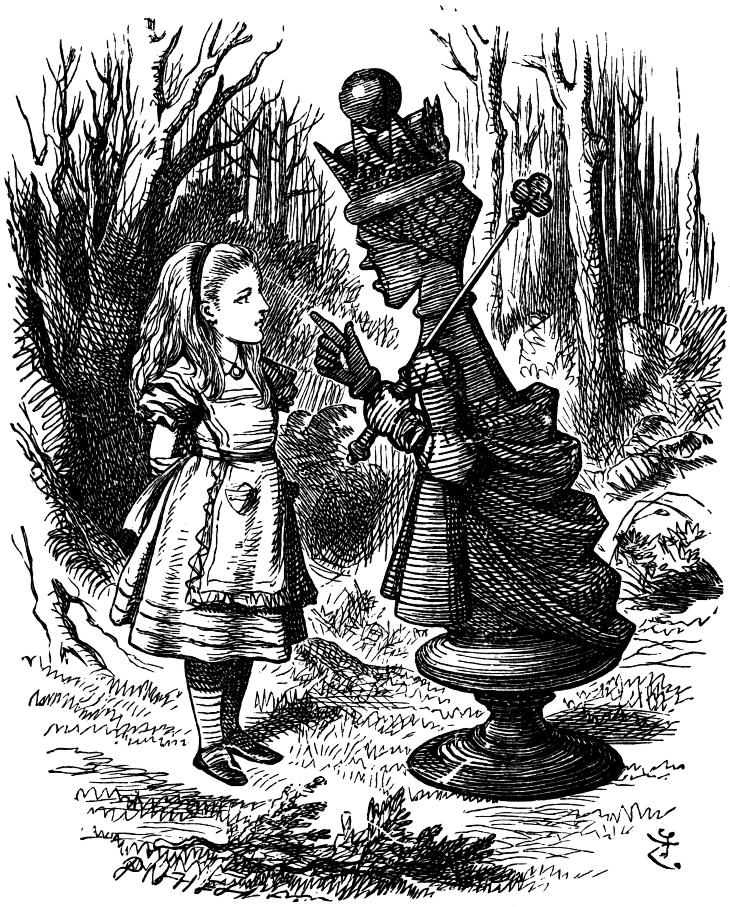

 PERMALINK
PERMALINK LIKE (1)
LIKE (1) DISLIKE (1)
DISLIKE (1) REPORT ABUSE
REPORT ABUSE








 Out of the leading English dailies in the country I have generally regarded The Hindu Group of Chennai as reasonable and balanced, both in its news presentation as well as in its editorials and choice of articles. That these may be in sharp variance with my party’s stand or even with my own views does not affect the esteem in which I hold this Group. So I have been surprised to see this month an issue of FRONTLINE (December 13, 2013) which has photographs of Pandit Nehru and Sardar Patel on its cover along with this comment: “Historical record reveals Sardar Vallabhbhai Patel as a man rabidly communal in outlook and Jawaharlal Nehru as symbol of secular nationalism. That explains why the Sangh Parivar worships one and hates the other.”
Out of the leading English dailies in the country I have generally regarded The Hindu Group of Chennai as reasonable and balanced, both in its news presentation as well as in its editorials and choice of articles. That these may be in sharp variance with my party’s stand or even with my own views does not affect the esteem in which I hold this Group. So I have been surprised to see this month an issue of FRONTLINE (December 13, 2013) which has photographs of Pandit Nehru and Sardar Patel on its cover along with this comment: “Historical record reveals Sardar Vallabhbhai Patel as a man rabidly communal in outlook and Jawaharlal Nehru as symbol of secular nationalism. That explains why the Sangh Parivar worships one and hates the other.” In 1956, when Rafiq Zakaria was approached to deliver the Lectures, the subject he chose was “Sardar Patel and Indian Muslims.” In his preface to the book based on these Lectures Zakaria writes:
In 1956, when Rafiq Zakaria was approached to deliver the Lectures, the subject he chose was “Sardar Patel and Indian Muslims.” In his preface to the book based on these Lectures Zakaria writes: Bhartiya Vidya Bhavan has published the book by Rafiq Zakaria based on his two Sardar Patel Memorial Lectures. The book published in 1996 is titled “Sardar Patel and Indian Muslims.”
Bhartiya Vidya Bhavan has published the book by Rafiq Zakaria based on his two Sardar Patel Memorial Lectures. The book published in 1996 is titled “Sardar Patel and Indian Muslims.” This book quotes the Sardar’s clinching dialogue with Qasim Razvi thus:
This book quotes the Sardar’s clinching dialogue with Qasim Razvi thus:
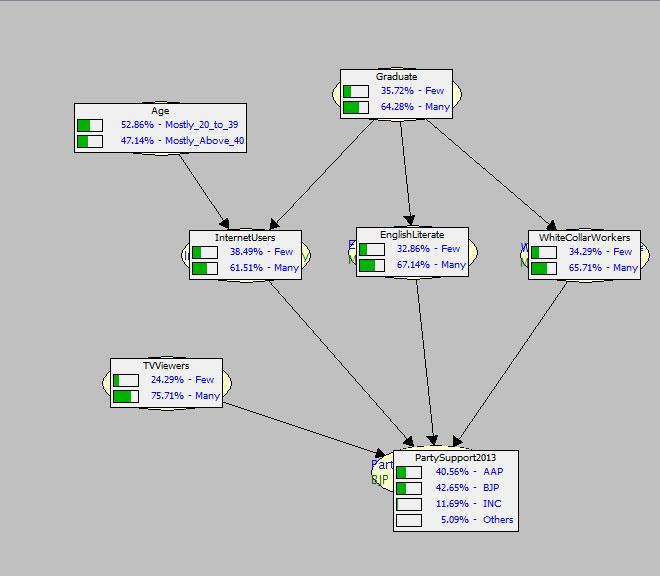
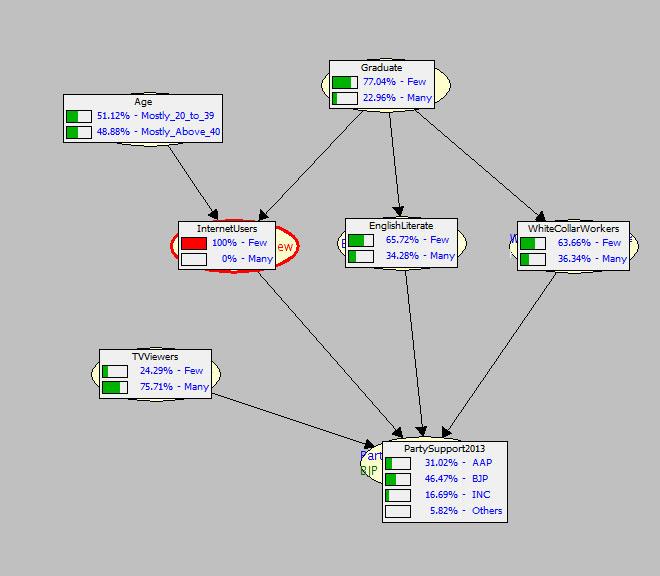

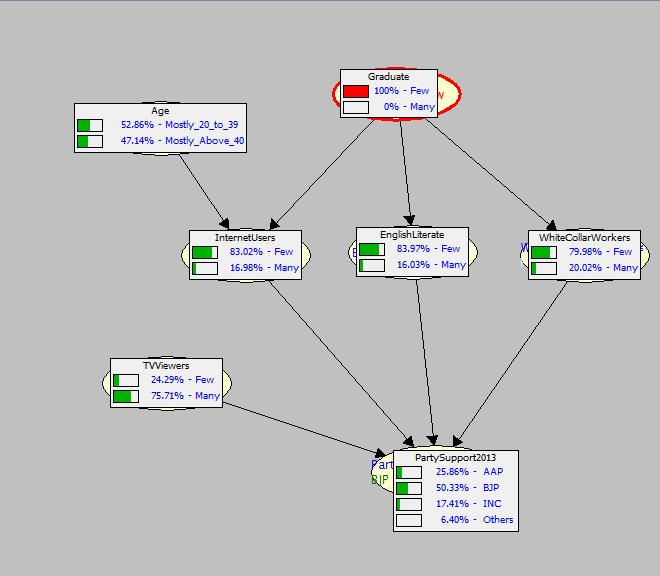
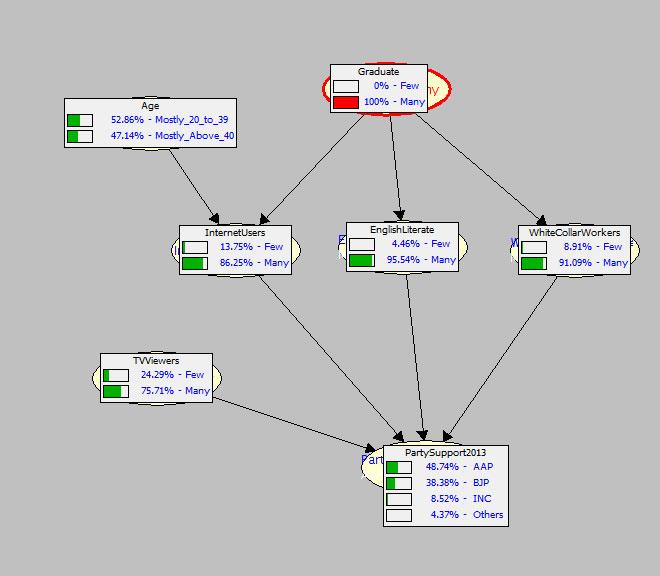


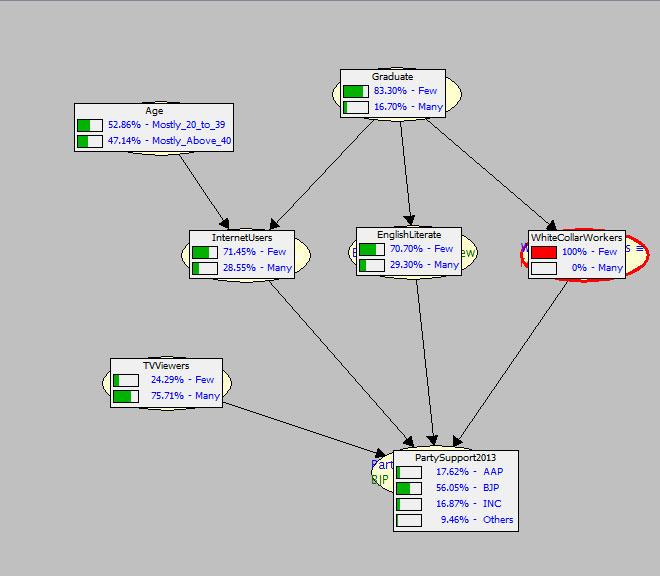
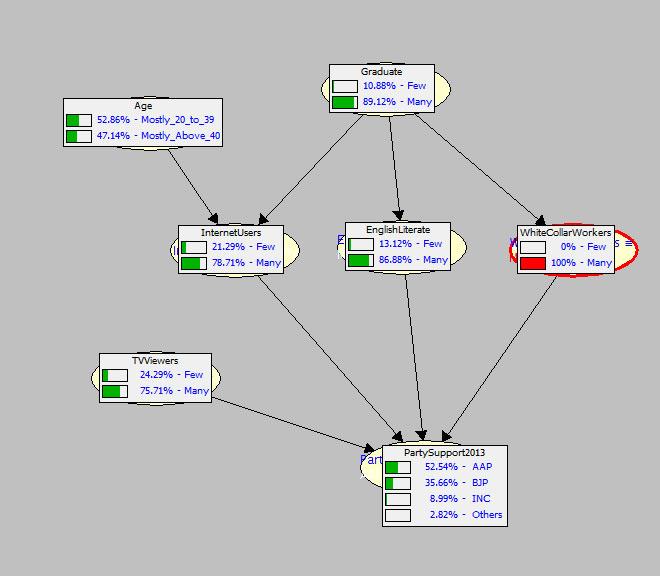

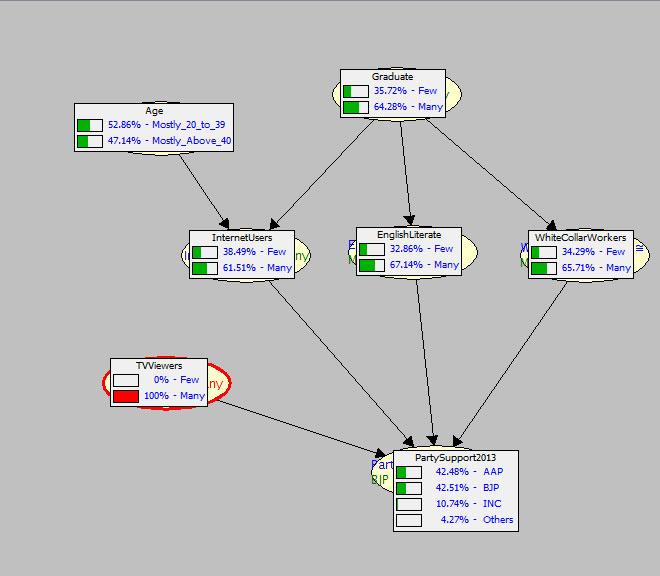
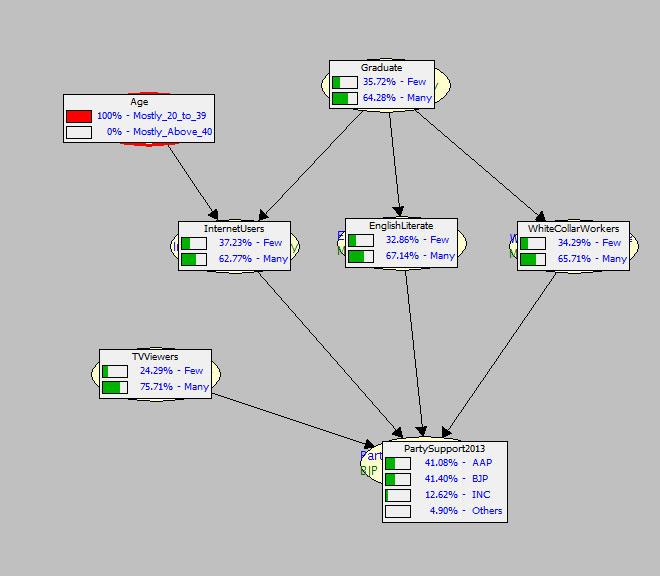

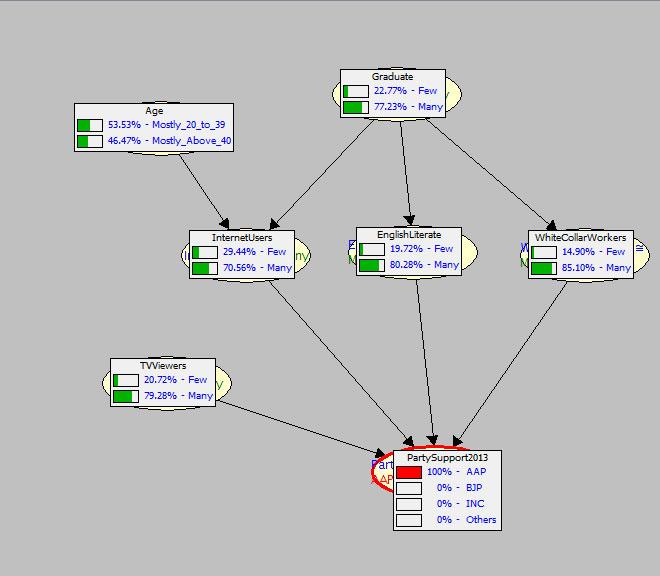




 Reuters India
Reuters India 


